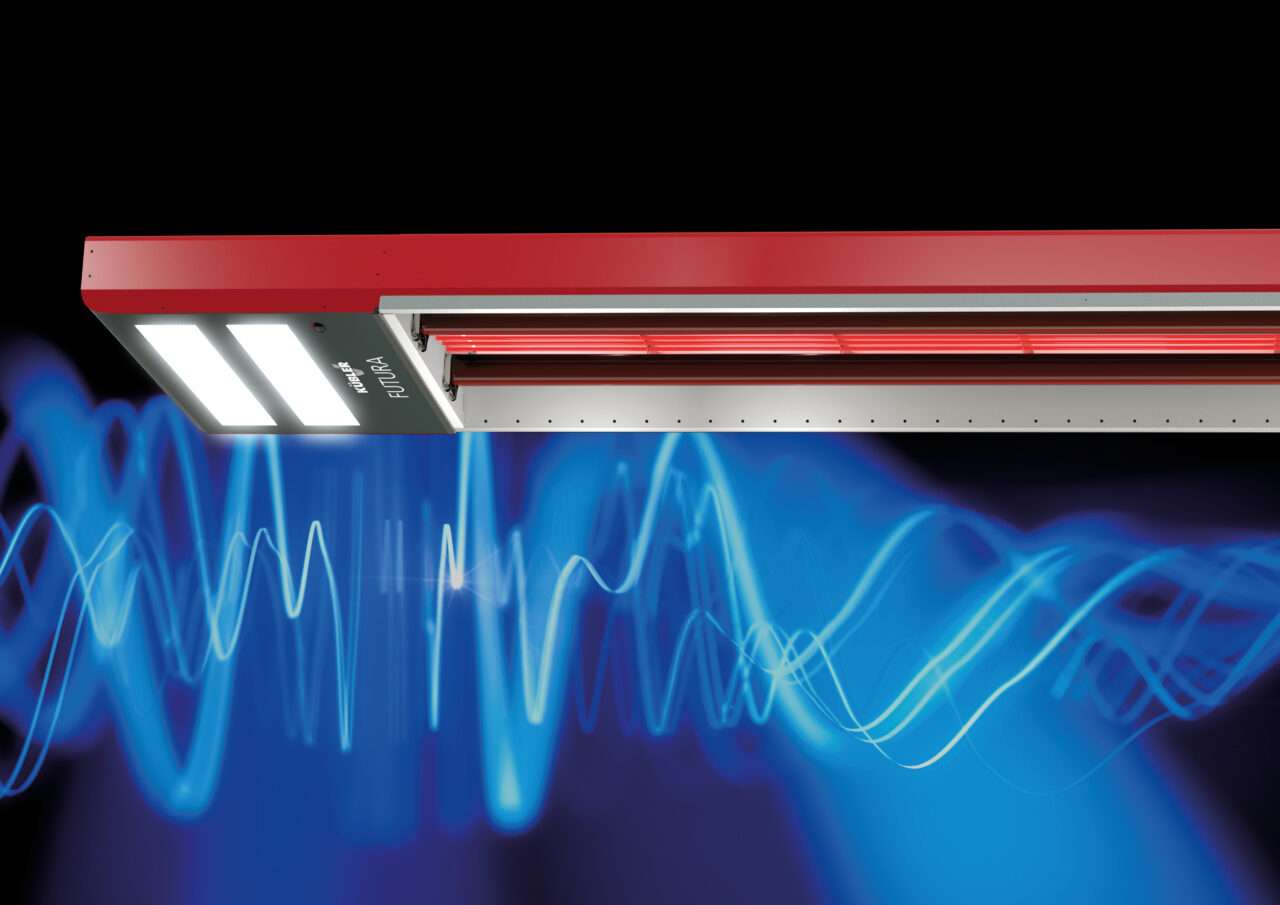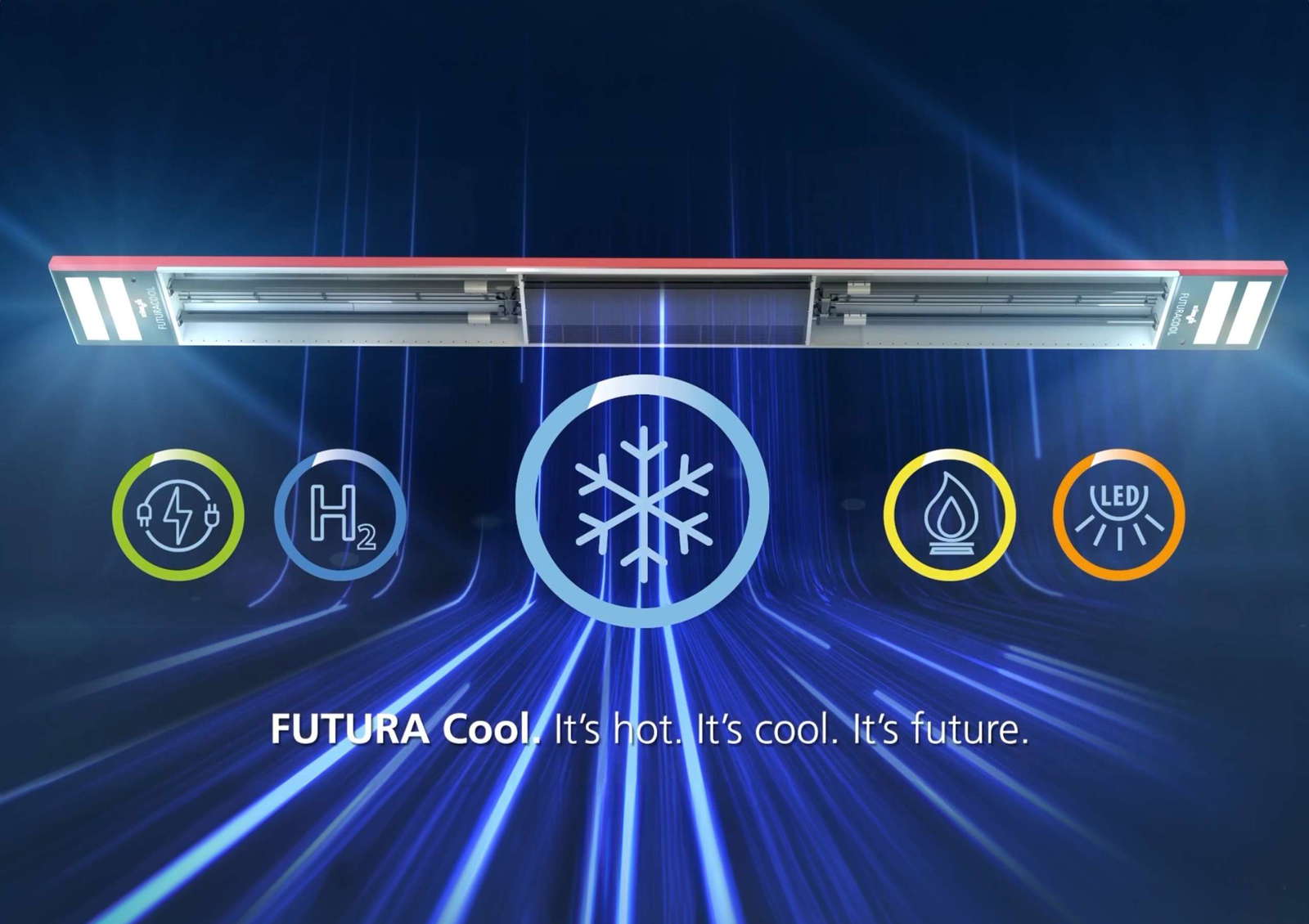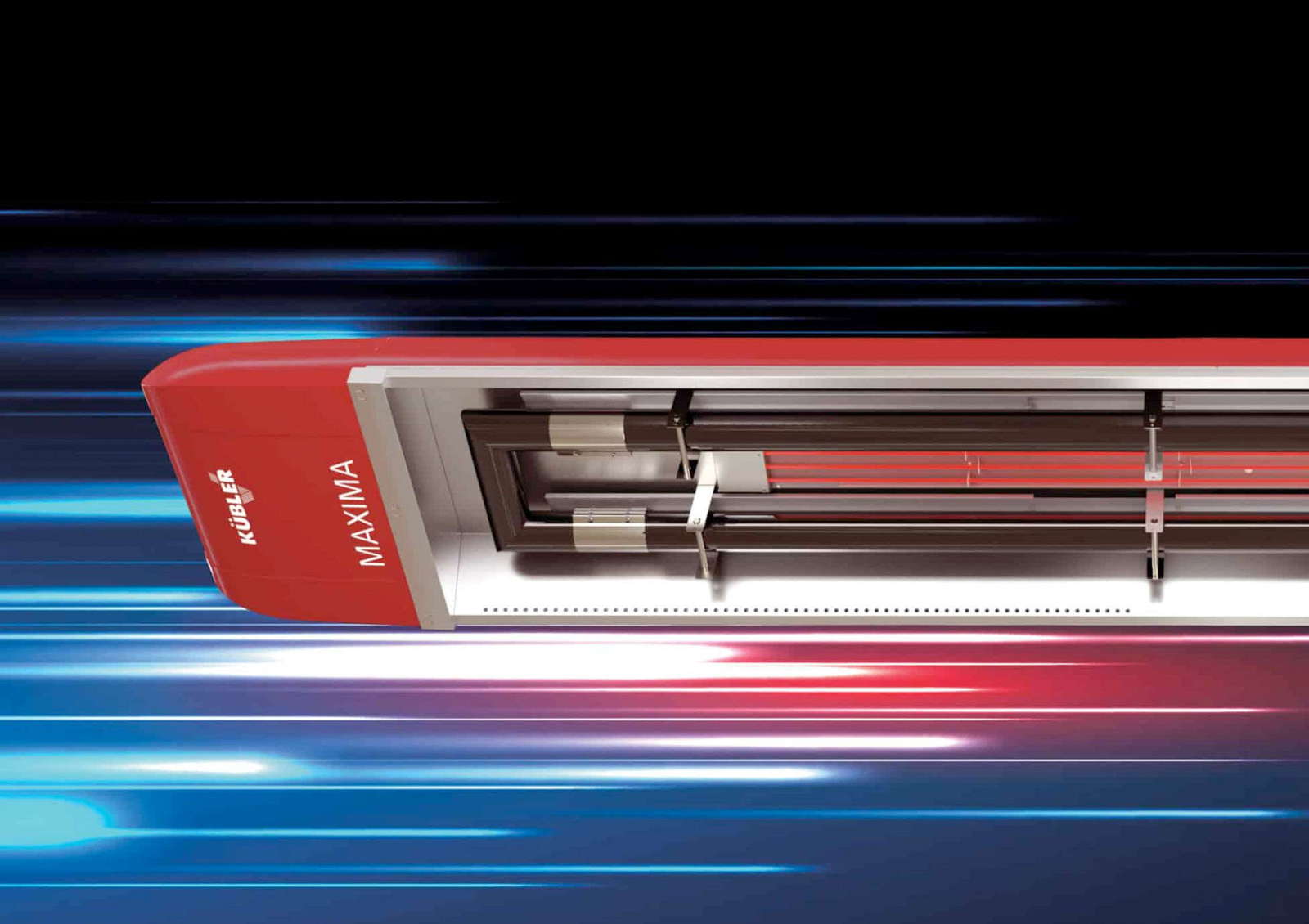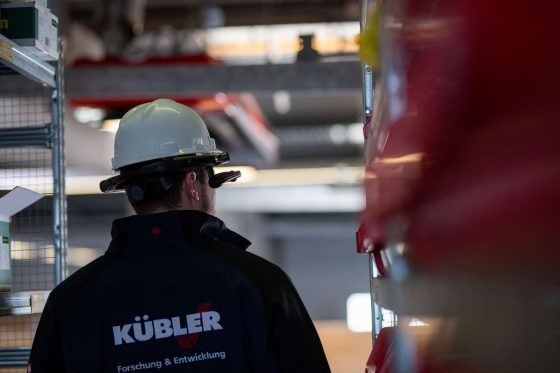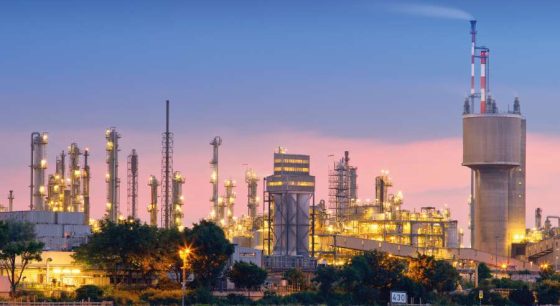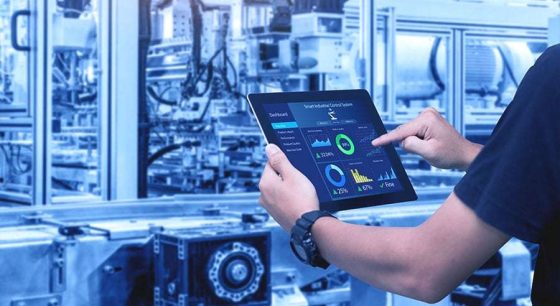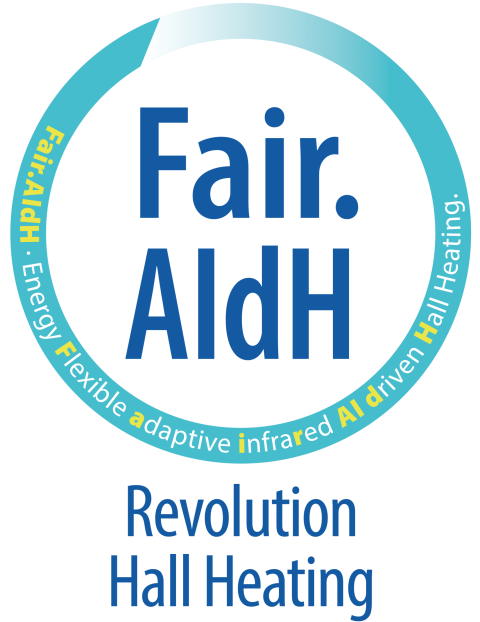Develop commercial and logistics properties and heat them economically
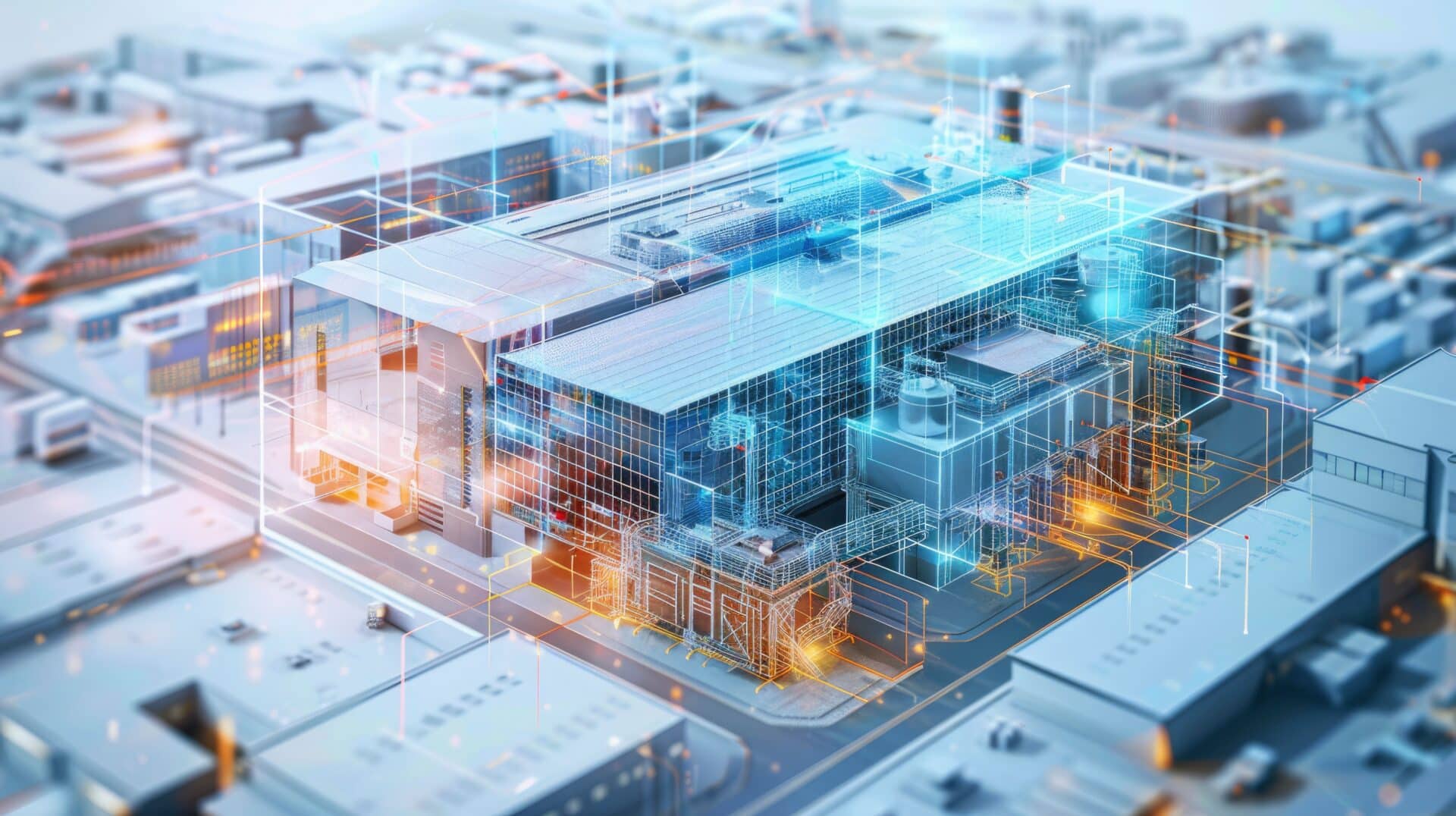
Fair.AIdH - ideal heating systems for special buildings
Halls have different heating requirements to office or other multi-storey buildings. As a rule, "normal" hot water heating systems inevitably fail due to the enormous room heights and dimensions: they consume an unreasonable amount of energy, offer little flexibility and thermal comfort, can hardly be controlled variably, heat hall ceilings instead of work areas, are often simply uneconomical and not very usable.
The ideal heating principle for heating large rooms is infrared technology, which - similar to the heat radiation of the sun - transfers its heat to the hall floor without loss. This alone saves huge amounts of energy because the entire room volume does not have to be heated. Unlike heat pumps, IR hall heating systems also offer other advantages:
- Technical fusion of heat generator and heat exchanger in a decentralized system
- Simple, space-saving installation under the hall ceiling
- Flexible (re)use of the hall floor
- No environmental impact, e.g. from refrigerants
- No loss of roof area for possible PV systems
- No noise emissions
- Energy-flexible operation with electricity, H2(biogenic) gas or liquid gas in mono or mixed operation
- Integrated LED hall lighting optional
- Easy to retrofit in existing buildings
Fair.AIdH in new buildings - energy-flexible, CO2-free and convincingly cost-effective
The intelligent (AI) controlled infrared heating systems of the latest KÜBLER generation pave the way to CO2-free time to economic success. This is because the new energy-flexible systems allow you to use the energy source that is currently available at a reasonable price: PV electricity, low-cost grid electricity, hydrogen or other (biogenic) gases.
This lowers costs - in electricity-only mode well below the price per square meter of air-to-air heat pumps. At the same time, the new energy flexibility is an important step towards energy autonomy, peak load balancing and grid relief. A forward-looking solution in accordance with the new building requirements of the GEG.
Fair.AIdH in the refurbishment of existing buildings - practicable, economical and highly efficient
Energy savings of up to 70 percent and more - the innovative Fair.AIdH technologies are among the most efficient heating solutions. They therefore meet the efficiency requirements for GEG-compliant heating operation. This means that the superior advantages of infrared technology for heating halls - its high cost-effectiveness, the possibility of flexible zone heating, fast heat-up times or the pleasant natural room climate - can continue to be used without restriction in the future. As soon as sufficient and affordable renewable energies are available to companies, they can be used. The innovative technologies then work 100 percent CO2-free - and still highly efficient. The ideal solution for the energy-efficient refurbishment of existing hall buildings.
ESG rating up - ETS costs down
The new generation of IR hall heating systems are "[...] milestones on the way to achieving climate targets." It's no wonder, given that energy savings of 50, 60, 70 percent and more are regularly achieved with (bio)gas-powered KÜBLER technologies in building renovation projects. This not only saves an enormous amount of consumption costs, but also reduces CO2-emissions for heating buildings. This is also highly relevant from an economic perspective, given the estimates of current studies, which suggest a CO2-price increase by a factor of 5 by 2027. If PV electricity or hydrogen are used, the highly efficient KÜBLER technologies 100 % CO2-free. A real win-win situation: for the climate, people and the company.
-
New gas heating quickly in 2023 - often the cheapest decision that also pays off for the environmentThe BMWK is currently causing a stir with a draft bill. This is because it involves a categorical ban on gas heating systems. According to the plan, from 2024, only heating systems powered by 65 % renewable energies may be used. Formally, this can only be heat pumps, district heating or biomass heating. This raises the question: what about the openness of technology in Germany? And who should pay for it? Decentralized gas-powered heating systems are often the only economically and functionally viable solutions, especially in hall buildings.
-
The horrendous rise in energy prices, the fear of Putin stopping supplies, the demand for renewable energies to combat climate change - all of this is currently causing a great deal of uncertainty. Is it still worth investing in gas-powered industrial heating systems? The answer to this question is important. Because it determines how quickly trade and industry will make their contribution to the energy transition. And how well it will be possible to meet the future requirement of climate protection in an economically viable way.
-
The topic of Industry 4.0 is no longer a dream of the future. The digitalization of industrial processes is being talked about everywhere - and a new era has also dawned in the heating supply sector. Find out in this article what intelligent networking looks like for heating building complexes and what opportunities it opens up for you!
-
Do you want to get the most out of your new hall heating system, save energy costs and be prepared for the environmental laws of the future? Then it is advisable to consider a few tips before you buy. Find out which ones in this article.
